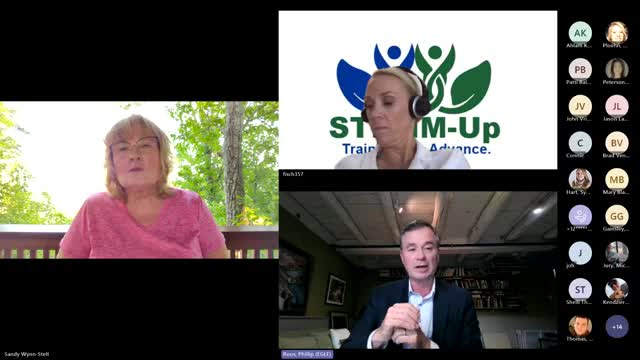State pushes for urgent PFAS cleanup and public notification reforms
September 09, 2024 | Environment, Great Lakes, and Energy, Boards and Commissions, Organizations , Executive, Michigan
This article was created by AI summarizing key points discussed. AI makes mistakes, so for full details and context, please refer to the video of the full meeting. Please report any errors so we can fix them. Report an error »

In a recent government meeting, officials reported significant progress in compliance with environmental regulations, achieving compliance rates in the mid-90% range for materials management programs. This improvement is part of ongoing efforts to enhance oversight of industrial sources and drinking water treatment facilities, with a focus on expanding coverage to reduce contamination risks.
One of the key topics discussed was the proposed increase in the solid waste surcharge, or tipping fee, aimed at generating substantial funding for cleanup efforts, particularly concerning PFAS contamination. The governor's budget proposal seeks to address the funding shortfall for contaminated site cleanups, which has been a persistent challenge due to limited federal support. Officials expressed optimism about advancing this proposal during the upcoming lame duck session.
The meeting also highlighted the need for proactive sampling and investigation of potential contamination sites, particularly in areas like fire stations and training facilities. However, officials acknowledged the current inadequacy of funding for these initiatives and are exploring solutions to enhance sampling capabilities.
A significant point of contention arose regarding public notification of contamination risks. Advocacy groups have expressed frustration over the lack of progress on a public notification framework, which has been a priority for four years. Participants emphasized the urgency of addressing this issue, citing the need for timely communication to protect communities from potential health risks.
In response to inquiries about legislative efforts, officials confirmed that a package of bills aimed at banning certain PFAS materials is under consideration, although progress has been slow. The discussion underscored the importance of collaboration between agencies and stakeholders to ensure effective implementation of environmental protections.
As the meeting concluded, officials invited further input from participants to refine priorities and strategies moving forward, emphasizing the need for a coordinated approach to tackle the pressing issues of contamination and public health.
One of the key topics discussed was the proposed increase in the solid waste surcharge, or tipping fee, aimed at generating substantial funding for cleanup efforts, particularly concerning PFAS contamination. The governor's budget proposal seeks to address the funding shortfall for contaminated site cleanups, which has been a persistent challenge due to limited federal support. Officials expressed optimism about advancing this proposal during the upcoming lame duck session.
The meeting also highlighted the need for proactive sampling and investigation of potential contamination sites, particularly in areas like fire stations and training facilities. However, officials acknowledged the current inadequacy of funding for these initiatives and are exploring solutions to enhance sampling capabilities.
A significant point of contention arose regarding public notification of contamination risks. Advocacy groups have expressed frustration over the lack of progress on a public notification framework, which has been a priority for four years. Participants emphasized the urgency of addressing this issue, citing the need for timely communication to protect communities from potential health risks.
In response to inquiries about legislative efforts, officials confirmed that a package of bills aimed at banning certain PFAS materials is under consideration, although progress has been slow. The discussion underscored the importance of collaboration between agencies and stakeholders to ensure effective implementation of environmental protections.
As the meeting concluded, officials invited further input from participants to refine priorities and strategies moving forward, emphasizing the need for a coordinated approach to tackle the pressing issues of contamination and public health.
View full meeting
This article is based on a recent meeting—watch the full video and explore the complete transcript for deeper insights into the discussion.
View full meeting
